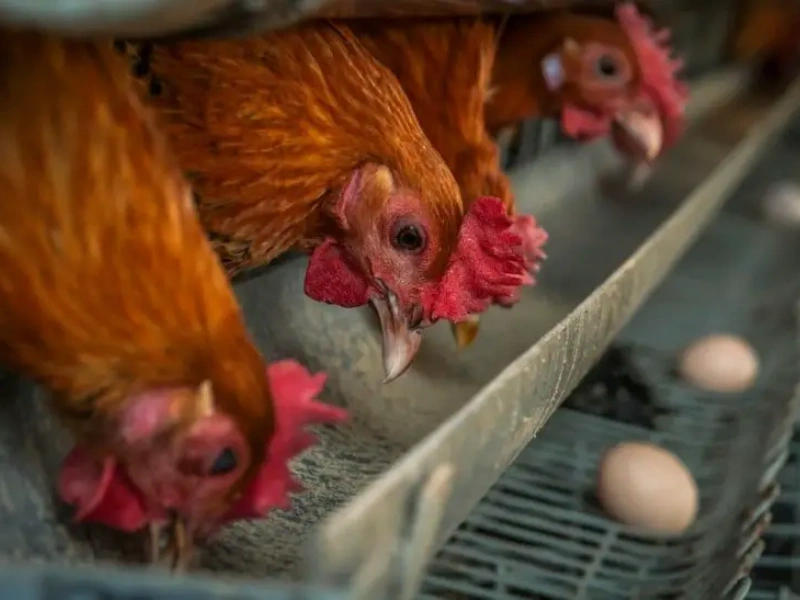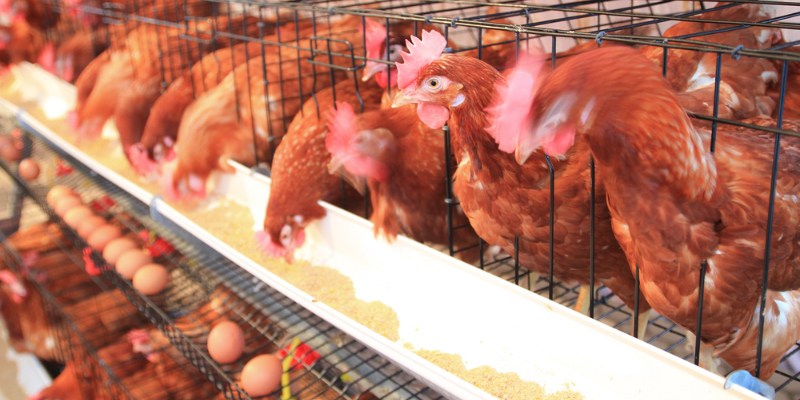
What are the features of a good laying hen farm design?
Starting a laying hen farm can be a rewarding venture, but it requires careful planning and consideration. The success of a laying hen farm is significantly influenced by its design. In this article, we will explore how to start a good laying hen farm, the essential equipment needed, and the key features that define a successful laying hen farm design.
How to start a good laying hen farm
To embark on your journey of establishing a good laying hen farm, you must first conduct thorough research. Understanding the egg production industry, market demand, and local regulations are crucial steps. Here are some key points to consider when starting:
- Location Selection: Choose a location that provides ample space for your farm, ensuring access to clean water, electricity, and transportation routes. Proximity to markets can also enhance profitability.
- Business Plan: Develop a detailed business plan outlining your goals, budget, and operational strategies. This plan should include financial projections and marketing strategies to reach your target customers.
- Choosing the Right Breed: Select high-performing laying hen breeds known for their egg production capabilities and resilience. Popular choices include Rhode Island Reds, Leghorns, and Hy-Line Brown hens.
- Permits and Regulations: Ensure compliance with local agricultural laws and obtain necessary permits before commencing construction and operations.
- Farm Design Considerations: Implementing the features of a good laying hen farm design from the outset will streamline operations and enhance productivity.
Good laying hen farm equipment
A well-equipped laying hen farm is essential for maintaining efficient operations and ensuring the health and productivity of the hens. Essential equipment includes:
- Nesting Boxes: Quality nesting boxes encourage hens to lay eggs in designated areas, reducing floor eggs and improving hygiene.
- Feeding Systems: Automated feeding systems provide consistent food supply, which helps in maintaining optimal body condition for higher egg production.
- Watering Systems: Efficient watering systems ensure hens have constant access to clean water, which is vital for their health and egg production.
- Ventilation and Heating: Proper ventilation and heating systems maintain ideal temperature and air quality within the barn, contributing to the well-being of the birds.
- Egg Handling Equipment: Investing in egg handling equipment, such as conveyors and sorting machines, improves efficiency in collecting and packaging eggs.
- Lighting Systems: Controlled lighting systems can influence the laying cycles of hens, making them an integral part of the farm’s design.
- Layer Cage Equipment: Good laying hen cage equipment can more effectively improve the efficiency of laying hen farming and save labor costs.
- Waste Management Systems: A proper waste management system is critical for maintaining hygiene and minimizing environmental impact.
By integrating these pieces of equipment into your farm, you can create an environment conducive to high productivity.
Features of high-quality laying hen farm design
When it comes to designing a good laying hen farm, certain features stand out as essential components. These features contribute not only to the productivity of the hens but also to the overall success of the operation. Key features of a good laying hen farm design include:
- Space Allocation: Adequate space per hen is crucial. Crowding can lead to stress, aggression, and disease spread. Each bird should have sufficient room to move freely, with at least 1.5 square feet per hen in conventional systems.
- Natural Lighting: Incorporating windows or skylights allows natural light to penetrate the facility. Natural lighting positively impacts the hens’ mood and can stimulate better egg production.
- Climate Control: Effective climate control systems, including heat, cooling, and humidity regulation, help create a comfortable environment for the hens year-round.
- Ease of Access: The design should allow easy access for workers to feed, water, and monitor the hens. It should also facilitate routine cleaning and maintenance activities.
- Biosecurity Protocols: The layout of the farm should support biosecurity measures, including designated areas for incoming and outgoing vehicles, equipment disinfection stations, and separate pathways for staff and visitors to minimize disease transmission.
- Sustainability Practices: Implementing sustainable practices, like renewable energy sources, rainwater harvesting, and organic waste recycling, contributes to a more environmentally friendly farm and can reduce operational costs.
In summary, understanding the features of a good laying hen farm design is essential for anyone looking to enter the laying hen industry. By focusing on effective planning, selecting the right equipment, and prioritizing key design features, you can create a laying hen farm that promotes productivity and sustainability.
Conclusion
In conclusion, building a successful laying hen farm hinges on the thoughtful implementation of several critical elements. From the onset, it’s vital to conduct comprehensive research and prepare a solid business plan. The choice of location and breed plays a significant role in establishing a thriving operation.
Equipping your farm with the right tools and systems is equally important. Good laying hen farm equipment ensures efficient feeding, watering, egg handling, and biosecurity measures. These components not only streamline operations but also contribute substantially to the health and well-being of the hens.

